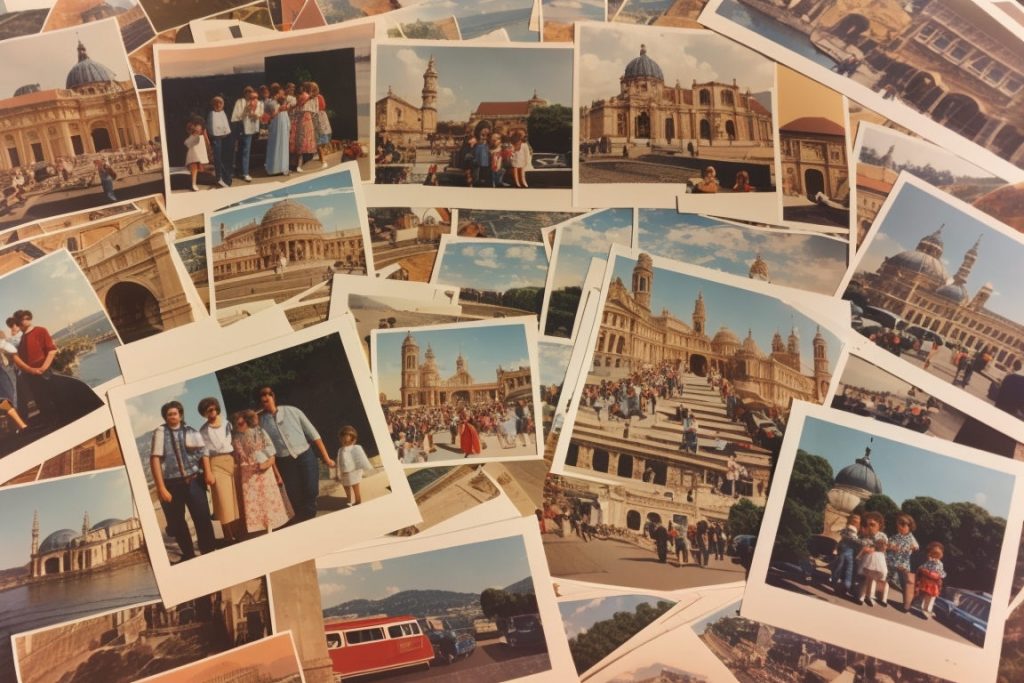In our digital age, where messages are often fleeting and impersonal, the timeless appeal of postcards offers a refreshing and charming way to connect. Sending a postcard is more than just a travel tradition; it’s a delightful way to share experiences, evoke nostalgia, and create tangible memories that recipients can cherish.

Postcards serve as unique souvenirs from different destinations, each one capturing a moment, a place, and a sentiment that digital photos often cannot. They provide a personal and tangible connection, bridging distances with a heartfelt message and a snapshot of your travels. There’s a particular joy in surprising friends and family with a postcard, bringing a smile to their faces as they hold a piece of your journey in their hands. Having a pen handy can be a challenge, there are options like these that compress down to fit in any pocket.
Writing a postcard allows for creative expression. Choosing the perfect card, crafting a concise yet meaningful message, and selecting stamps all contribute to the fun. To help you make your postcards memorable, here are some tips for writing engaging and heartfelt messages.
Start with a friendly greeting to set a warm tone. A simple “Greetings from [destination]!” or “Hello from sunny [destination]!” can immediately draw your reader in. Sharing highlights of your trip is a great way to give your recipients a glimpse into your adventures. Mention a memorable experience, a beautiful sight, or a fun activity. For example, you might write, “Today, I visited the stunning [landmark] and it was breathtaking!”
Adding personal touches can make your postcard even more special. Ask a question or mention something specific about the recipient. This could be something like, “I thought of you when I saw [something specific]!” It shows that you’re thinking of them even while exploring new places.
Given the limited space on a postcard, keeping your message short and sweet is essential. A concise note like “Having an amazing time here. Wish you were with us!” can effectively convey your feelings without overcrowding the card. Including a fun fact or a local tidbit can also make your message interesting and informative. For instance, “Did you know that [fun fact about the place]?” can add an educational twist to your postcard.
Expressing your feelings about the trip or the place adds a personal dimension to your message. Sharing emotions like, “Feeling so relaxed and happy here in [destination]!” can help convey the mood of your travels. Finally, sign off with warm wishes to leave a lasting impression. Simple phrases like “See you soon!”, “Wish you were here!”, or “Best wishes from [destination]!” can wrap up your message nicely.
When choosing a postcard, go for visual appeal. Select cards with beautiful or interesting images that capture the essence of the destination. Opting for local flavors, such as cards that showcase iconic landmarks, local art, or cultural symbols, can make your postcard even more special.
To make the process smoother, keep an address book with the correct addresses of friends and family either in a small paper notebook or on your phone. Purchasing stamps in advance can save time, ensuring you’re not scrambling to find a post office while on the go. Writing postcards as you go, during downtime like a café break or a quiet evening in, can help you avoid the last-minute rush and make each message thoughtful and reflective.
Sending postcards is a beautiful tradition that deserves to be revived. It’s a simple yet powerful way to share your experiences, connect with loved ones, and create lasting memories. So, on your next trip, consider picking up a postcard and sending a little piece of your journey to someone special.
Please note that if you purchase from clicking on the link, some will result in us getting a tiny bit of that sale to help keep this site going.









